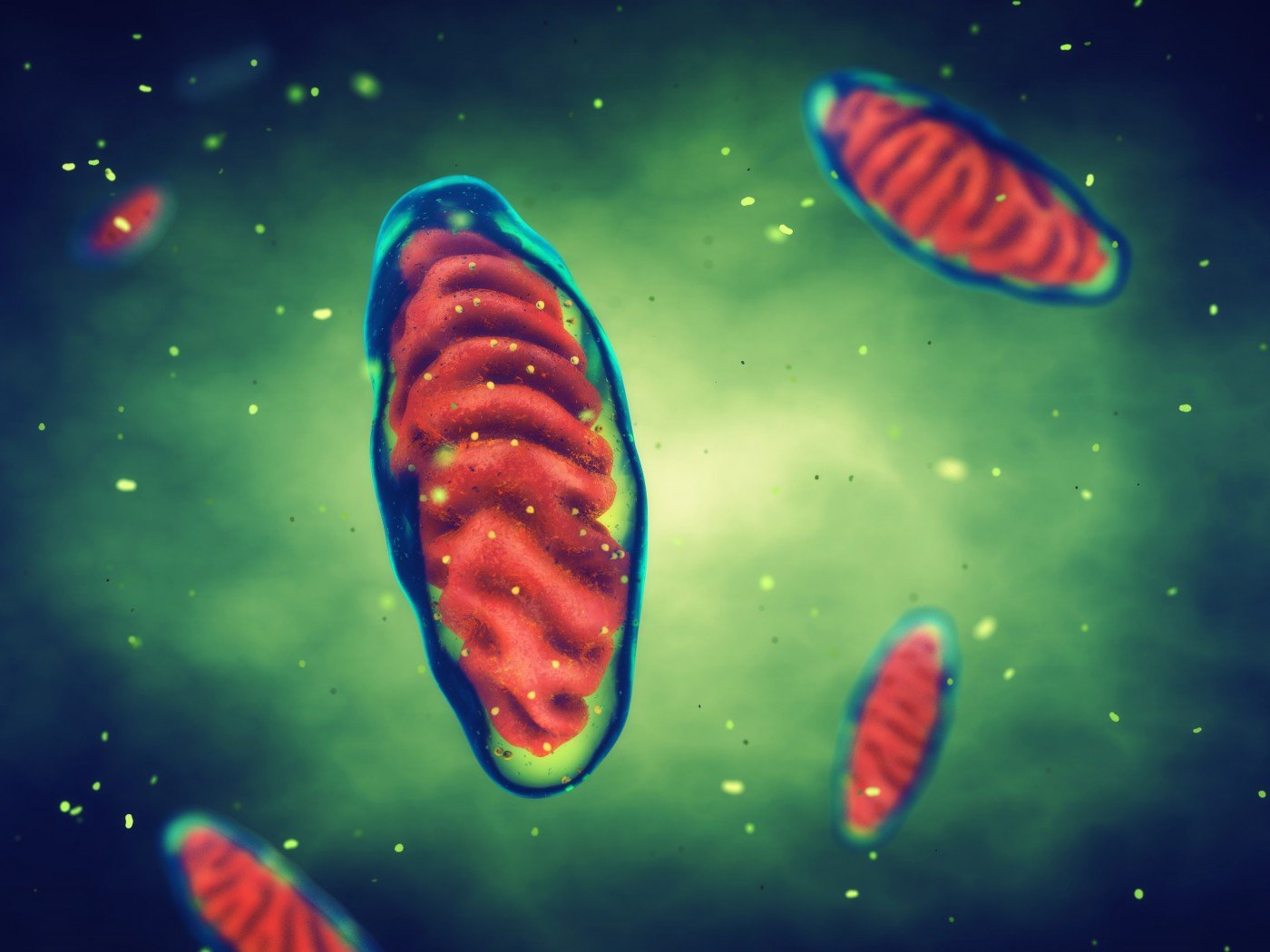Mutation in Nuclear Gene Associated with Symptoms of Mitochondrial Disease, Case Report Shows

A recent report that describes the case of a teenager with severe symptoms of multiple mitochondrial diseases, contends it may have been caused by a mutation in a gene found in the nuclei, which is the compartment that stores cells’ genetic information.
The case report study, “Mitochondrial single-stranded DNA binding protein novel de novo SSBP1 mutation in a child with single large-scale mtDNA deletion (SLSMD) clinically manifesting as Pearson, Kearns-Sayre, and Leigh syndromes,” was published in PLOS One.
Mitochondrial diseases are disorders normally caused by genetic defects in the DNA found in mitochondria, the cellular compartments that are responsible for the production of energy in the body. These mutations in mitochondrial DNA (mtDNA) may include point mutations, as well as single or multiple large-scale mtDNA deletions and duplications.
Of note, point mutations are mutations that only affect a single nucleotide (the building blocks of DNA), whereas deletions and duplications typically either remove or add multiple nucleotides to the gene sequence.
Single large-scale mtDNA deletions (SLSMDs) are thought to occur sporadically and usually manifest as one of three different syndromes: Pearson syndrome, which is linked to anemia and pancreatic insufficiency; Kearns-Sayre syndrome (KSS), which is a multi-organ disease usually associated with hearing loss and visual problems; and chronic progressive external ophthalmoplegia (CPEO), which is usually associated with extreme weakness in the muscles controlling eye and facial movements.
In some cases, individuals may develop mitochondrial diseases that are caused by defects in genes found in the cells’ nuclei that provide instructions to make specific proteins necessary for the replication (copying) of mtDNA. These include the single-stranded DNA-binding protein (SSBP1), a protein that binds and protects mtDNA during replication.
In this study, researchers described the clinical case of a boy with severe symptoms associated with Pearson syndrome, KSS and Leigh syndrome, who was found to carry a genetic mutation in the SSBP1 gene, in addition to other abnormalities in mtDNA.
The 14-year-old Chinese boy had a host of severe mitochondrial disease manifestations that progressively worsened during his life, including anemia, growth deficits, bone marrow abnormalities, ptosis (eyelid droopiness), ataxia (inability to control body movements), hearing loss and chronic kidney disease.
After sequencing his mtDNA, investigators found the boy had a SLSMD that was present in 68% of the mtDNA found in his fibroblasts (connective tissue cells) and on 16% of the mtDNA found in his blood, “suggestive of a mtDNA maintenance defect.”
Moreover, after sequencing his nuclear DNA, researchers found he also carried a de novo mutation (c.79G>A; p.E27K) in one copy of the SSBP1 gene. A de novo mutation is one that appears for the first time in an individual, instead of being inherited from the parents.
The mutation, which led to the substitution of the amino acid (the building blocks of proteins) glutamate by the amino acid lysine, did not seem to affect the structure of SSBP1. However, it had a negative effect on its stability at different temperatures and on its ability to bind to DNA.
“Overall, the observed changes in protein dynamics and DNA binding behavior suggest that p.E27K SSBP1 can interfere with DNA replication and precipitate the introduction of large-scale mtDNA deletions. Thus, a single large-scale mtDNA deletion (SLSMD) with manifestations across the clinical spectrum of Pearson, Kearns-Sayre, and Leigh syndromes may result from a nuclear gene disorder disrupting mitochondrial DNA replication,” the researchers said.






